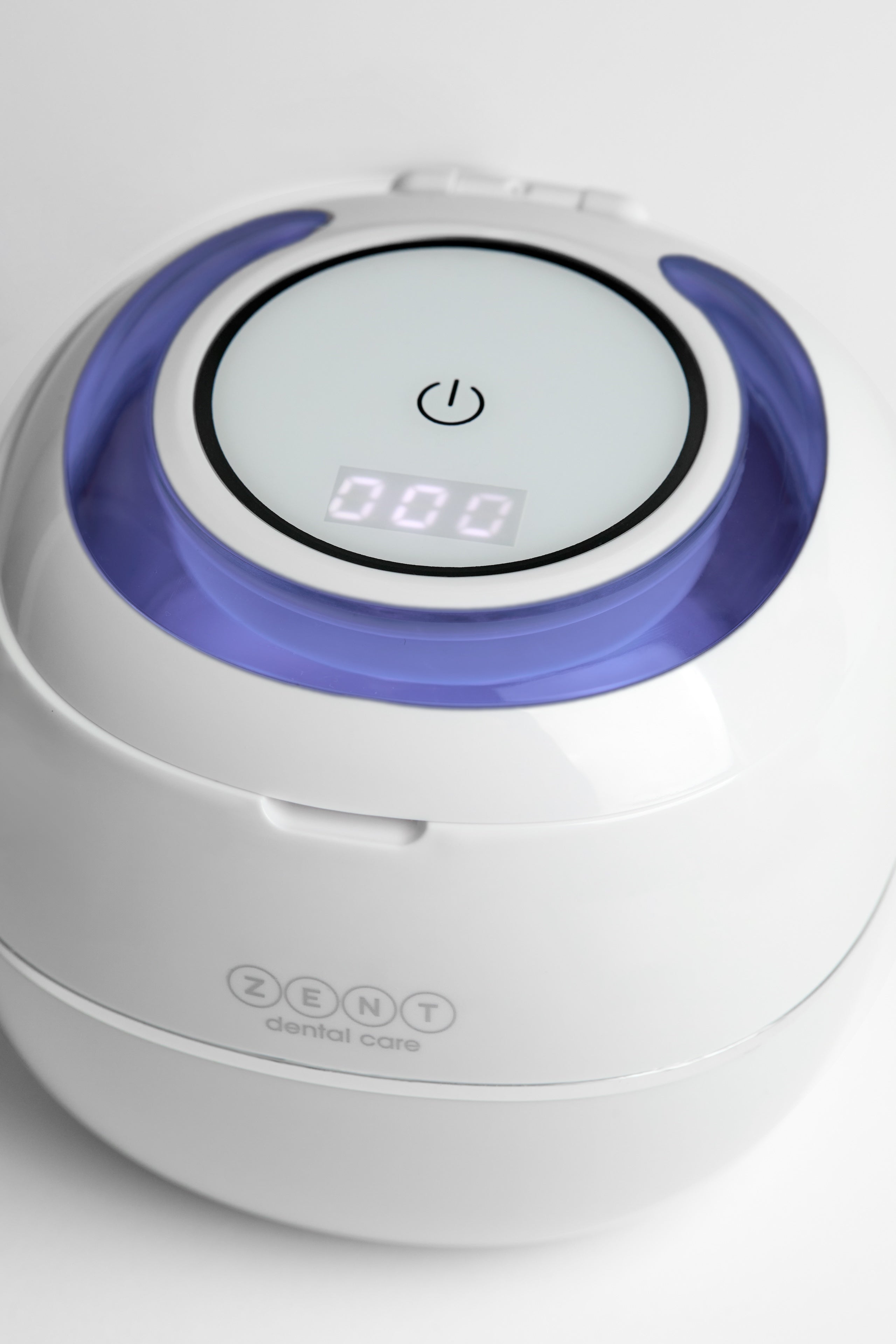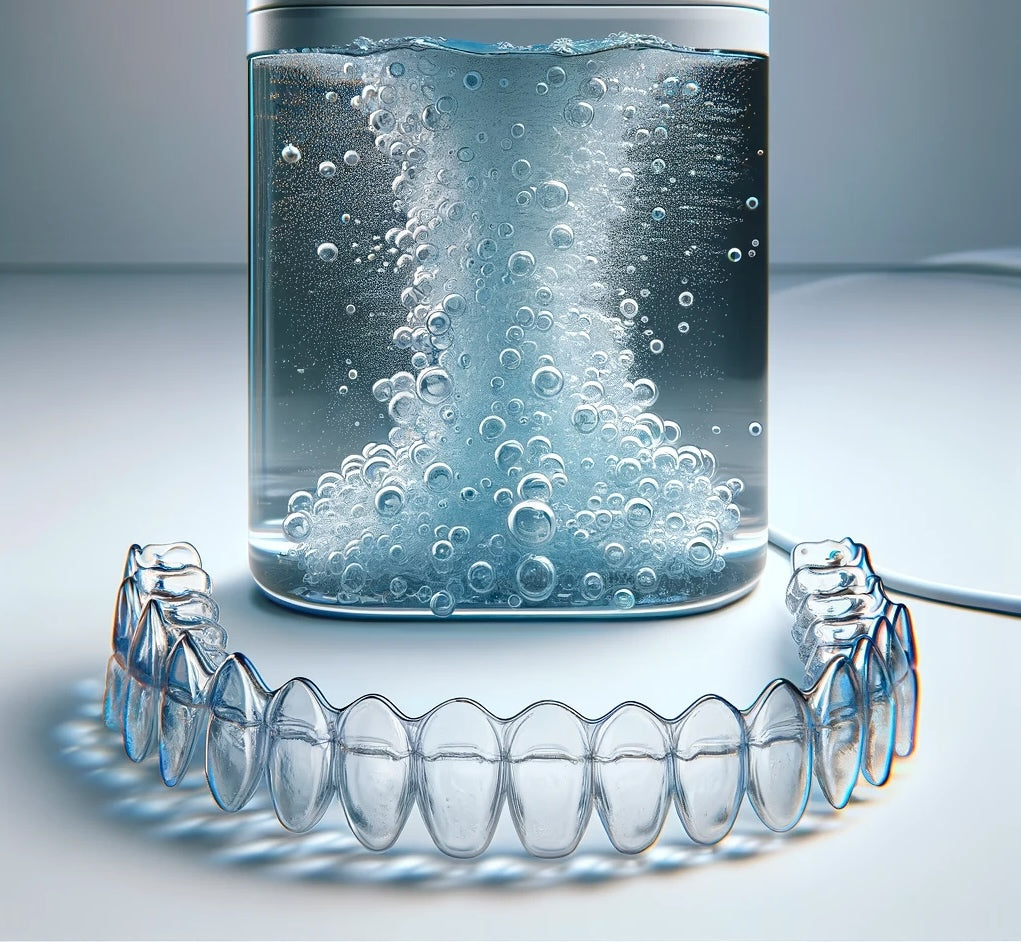Szczoteczka soniczna – jak używać? Praktyczne porady i techniki szczotkowania dla najlepszych efektów
Masz szczoteczkę soniczną, ale nie jesteś pewny, czy używasz jej prawidłowo? W przeciwieństwie do zwykłych szczoteczek, te soniczne bardzo szybko wibrują, tworząc "niewidzialne fale", które docierają tam, gdzie tradycyjne włosie...





